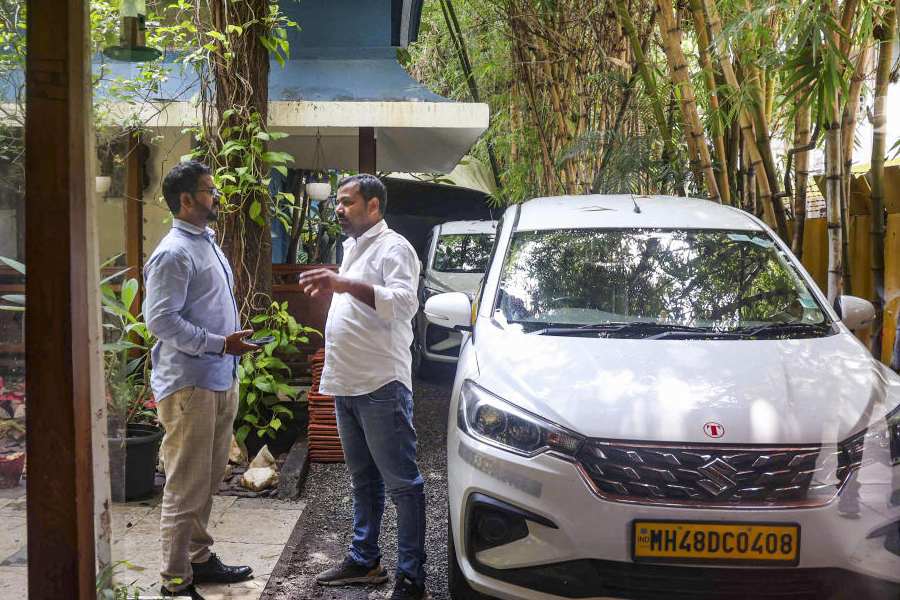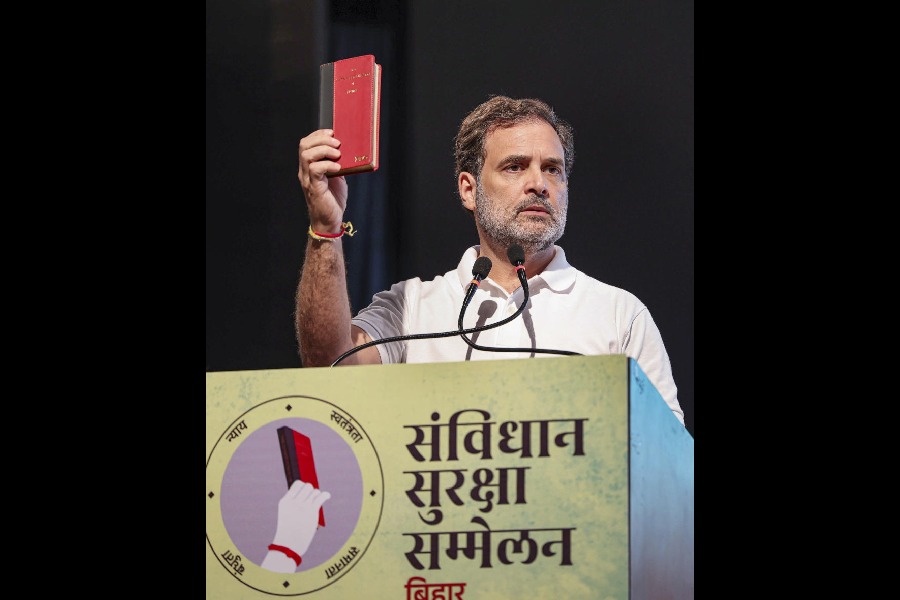|
|
| Not too high a price |
The Indian book trade — publishers and retailers — charges about 5 per cent more than the official exchange rate for all books and journals imported into the country. For instance, if the exchange rate for the American dollar is Rs 44.65, they convert all dollar price publications at the rate of Rs 48.80, pound sterling at Rs 91 instead of Rs 87.90, and the euro at Rs 61.40 instead of Rs 59.39.
This is not an arbitrary act by the trade. It is fixed by a Good Offices Committee that consists of representatives of publishers, booksellers and librarians, and officials of the ministry of education who jointly fix the conversion rate. This is done on a regular basis after studying the fluctuations of the foreign exchange market over a three-month-long period and then deciding on a mean that would take care of any losses the trade might incur if there is a sudden slide of the rupee vis-à-vis the dollar, pound sterling or euro. In other words, the GOC’s conversion rate is a cushion for the trade against any losses in case they have to pay higher remittance charges than what they had paid during the publications’ import.
For the common reader who buys books two questions arise. First, would the Indian consumer be better off if he or she paid the original dollar or pound price through a credit card instead of the higher landed price because of the marked-up conversion rate? Second, is the GOC conversion rate unfair to the Indian consumer? He has to pay more just in case the rupee falls, but more often than not, that does not happen.
The answer to the first question is No. The Indian buyer is better off with things as they are, even if the dollar or pound sterling is marked up more than the official rate of exchange, for two reasons. First, all western publishers charge extra for packing and carriage costs, which works out at about 10 per cent of the invoice value. So, this cancels out whatever benefits you may derive from direct orders. Also, the lead-time for delivery is at least 4 weeks from UK and 6 to 8 weeks from the US. Exporters have to collect and collate small parcels that are lumped together to avail of the most economical rate. If you want to jump the queue, you simply have to pay much more. Whichever way you look at it, it is better for the trade to handle the nitty-gritty of small orders; the individual buyer will end up paying more in time and money.
But the more compelling reason why we should buy books at home instead of abroad is that Indian publishers and wholesalers get specially reduced prices for the Indian market. As a matter of fact, almost every UK or US publication has marked-down prices for our market. The reasons are simple: the Indian publisher or distributor is a regular customer, buys a title in bulk and is therefore entitled to special privileges like lower prices and longer credits that are passed on to the customer. Someone who wants to get a book on his own is making a one-off deal and is therefore not entitled to any special discounts.
The catch in all this is that the trade does not get most of the titles the critical reader wants as it is impossible for the trade to do so even as it has begun to specialize in different subjects and disciplines. What the Indian buyer needs to do is order his or her copy through the regular book trade, give the required details about the book and it will be delivered.
The moral of the story is: Do not buy books abroad, support the Indian book trade. They won’t let you down if you stand by them.











